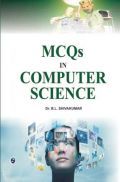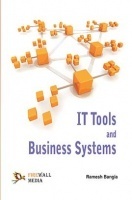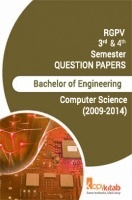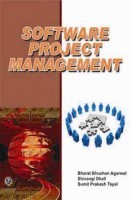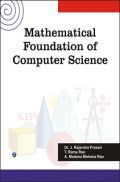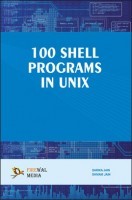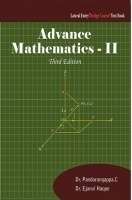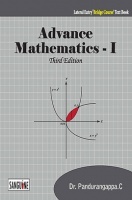The subject of computer networking is enormously complex, involving many concepts, protocols, and technologies that are woven together in an intricate manner. To cope with this scope and complexity, many computer networking texts are often organized around the ""layers"" of a network architecture. With a layered organisation, students can see through the complexity of computer networking-they learn about the distinct concepts and protocols in one part of the architecture while seeing big picture of how all parts fit together. For example, many texts are organised around the seven-layer OSI architecture. From a pedagogical perspective our personal experience has been that such a layered approach to teaching is indeed highly desirable. Nevertheless, we have found the traditional approach of teaching bottom-up-that is, from the physical layer towards the application layer - is not the best approach for a modern course on computer networking..
This book Useful for Computer Science students.
PART 1 : COMPUTER COMMUNICATION AND NETWORK BASICS
1. Overview of Computer Communication and Networking
2. Network Models
PART 2 : PHYSICAL LAYER
3. Data Transmission Signals
4. Multiplexing and Switching
5. Transmission Media
6. Telecommunication
7. Cable Television
8. High Speed Digital Access-Sonet
PART 3 : DATA LINK LAYER
9. Data Link Layer
10. Error Control
11. Data Link Layer Protocols
12. Channel
PART 4 : THE MEDIA ACCESS CONTROL SUBLAYER (MAC)
13. Medium Access Control (MAC)
PART 5 : LOCAL AREA NETWORK (LAN)
14. Ethernet
15. Token Ring
16. Bluetooth
17. Virtual LAN (VLAN)
18. Wireless Transmission
19. Frame Relay
20. ATM (Asynchronous Transfer Mode)
21. Fiber Distributed Data Interface
22. Integrated Services Digital Network (ISDN)
23. Switched Multimegabit Data Service
PART 6 : NETWORK LAYER
24. Network Layer Overview
25. Internetworking
26. Routing Basics
PART 7 : FLOW AND CONGESTION CONTROL
27. Flow Control Basics
28. Bridge Basics
PART 8 : TRANSPORT LAYER
29. Transport Layer Protocols
PART 9 : PRESENTATION AND APPLICATION LAYER
30. Application Layer
APPENDICES
NETWORK TERMINOLOGY
GLOSSARY
INDEX








